Overall, photography in the Arctic can be an unforgettable experience, but it requires preparation and respect for the environment. With the right equipment, clothing, and mindset, you can capture stunning images of this unique and beautiful part of the world.
Photography in the Arctic has a rich and fascinating history, dating back to the late 19th century when explorers first ventured into the region. The Norwegian explorer Fridtjof Nansen was one of the first photographers to capture images of the Arctic landscape, using a handheld camera to document his expeditions in the 1890s. In the early 20th century, photographers such as Herbert Ponting and Frank Hurley captured stunning images of the polar landscape during the early Antarctic expeditions.
In the mid-20th century, the Arctic became a popular destination for photographers and filmmakers, who were drawn to the region’s rugged beauty and unique wildlife. Legendary photographers such as Ansel Adams, Galen Rowell, and Art Wolfe captured stunning images of the Arctic landscape, inspiring a new generation of photographers to explore the region.
In recent years, advances in technology have made it easier for photographers to capture stunning images in the Arctic, with drones and digital cameras allowing for new perspectives on the region. Despite these advances, however, photography in the Arctic remains a challenging and rewarding experience that requires careful planning, specialized equipment, and a deep respect for the environment.
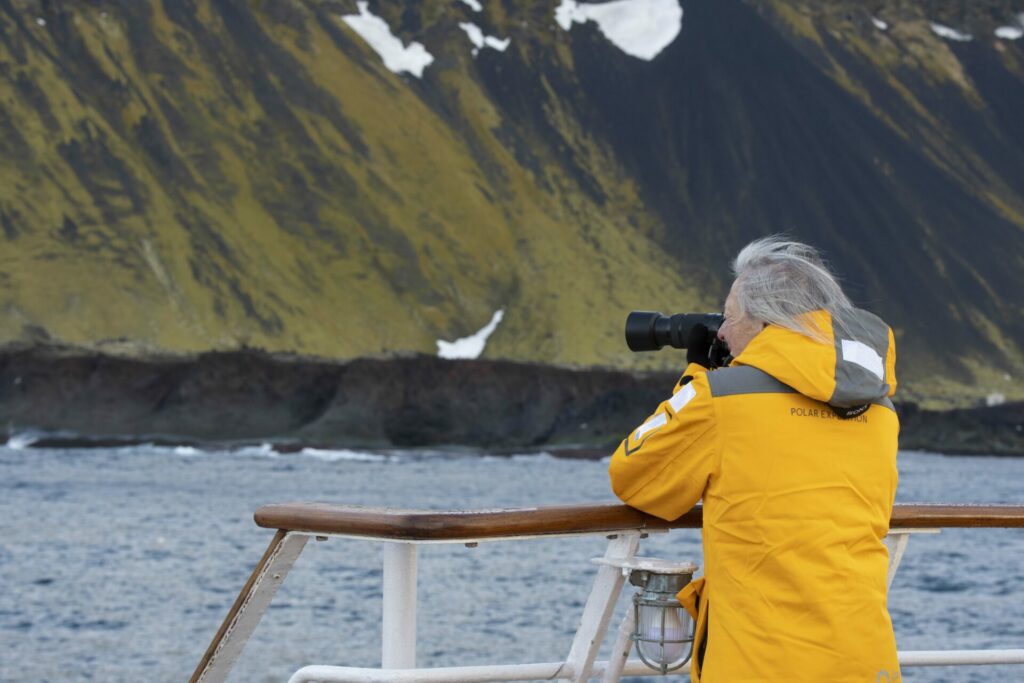
You will need a camera that is capable of functioning in cold temperatures, with batteries that can withstand the cold. Additionally, you may want to consider a tripod, polarizing filters, and lenses that can capture wide landscapes and close-up wildlife shots. We list all of the recommended gear for your photography trip further down on this page!
The Arctic is a cold place, so dress warmly in layers to keep yourself comfortable while taking photographs. Also, wear waterproof clothing and footwear to protect yourself from melting snow and ice.
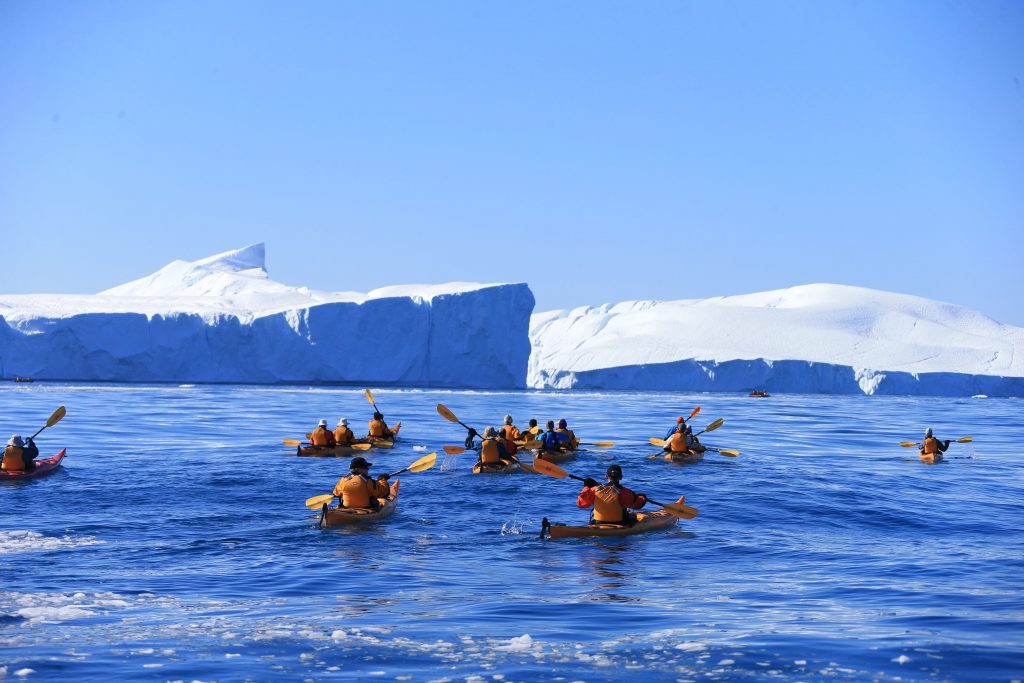
The Arctic experiences extended periods of darkness in winter, so you may need to adjust your camera settings and use artificial lighting. During summer, the sun may never set, so be ready to take advantage of the unique lighting opportunities.
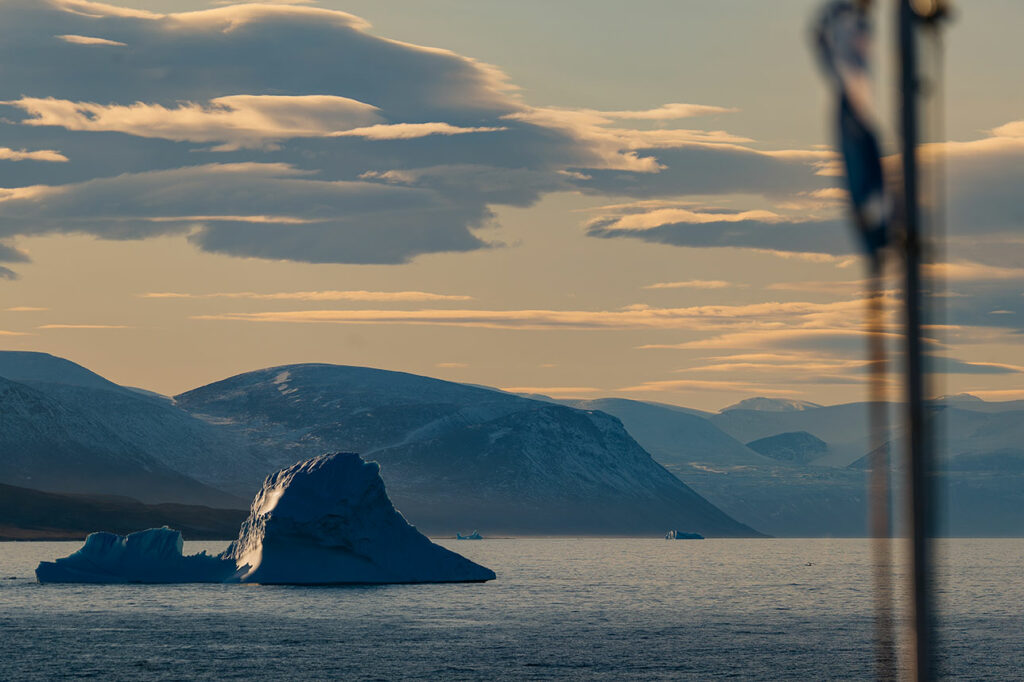
When taking photographs in the Arctic, it’s important to respect the environment and the animals that live there. Do not disturb wildlife, and do not leave any trash or debris behind.
The Arctic is a remote and challenging environment, so it’s essential to plan your trip carefully. Research the weather conditions, the best time to visit, and the specific locations you want to photograph. It may also be helpful to have a backup plan in case weather conditions or other factors prevent you from reaching your destination.
To capture unique and compelling images, try experimenting with different angles and compositions. Get low to the ground or climb high to get a different perspective on the landscape or wildlife. Look for patterns, textures, and interesting details to include in your shots.
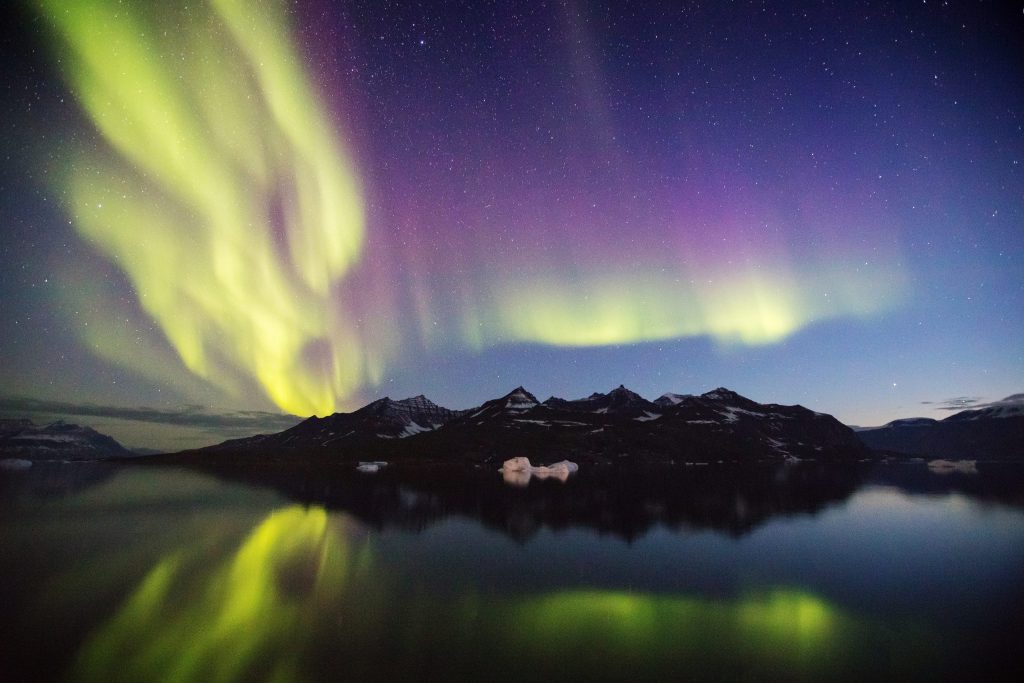
Wildlife photography in the Arctic can be challenging, as many animals are elusive and difficult to spot. Be patient, observe quietly, and wait for the right moment to capture your shot.
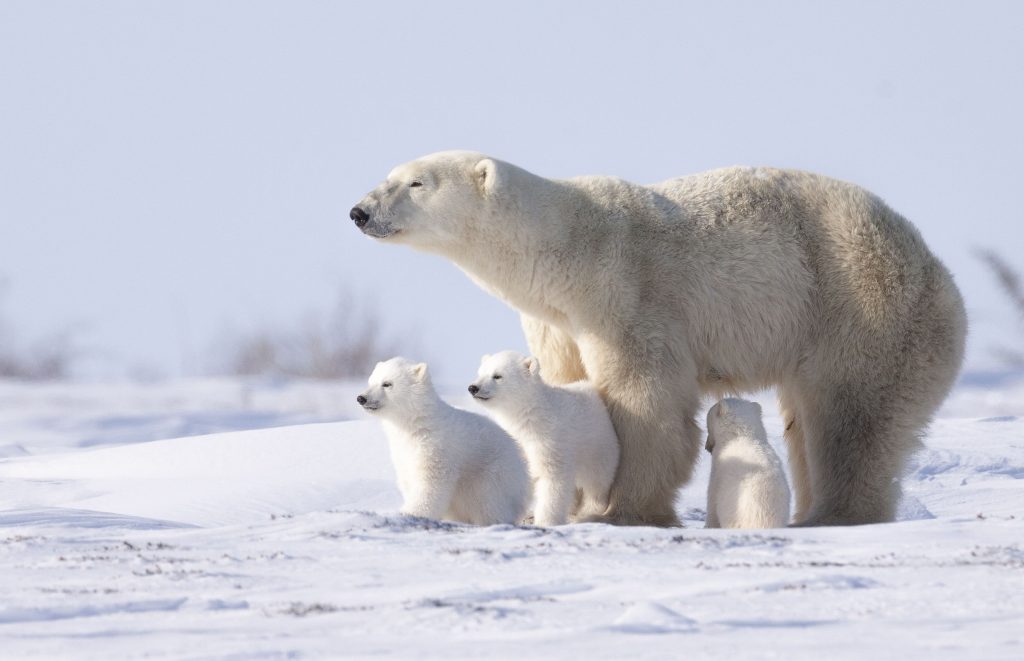
In the harsh conditions of the Arctic, equipment failure can be a real risk. Make sure to bring backup equipment, including extra batteries, memory cards, and other essential gear, in case something goes wrong.
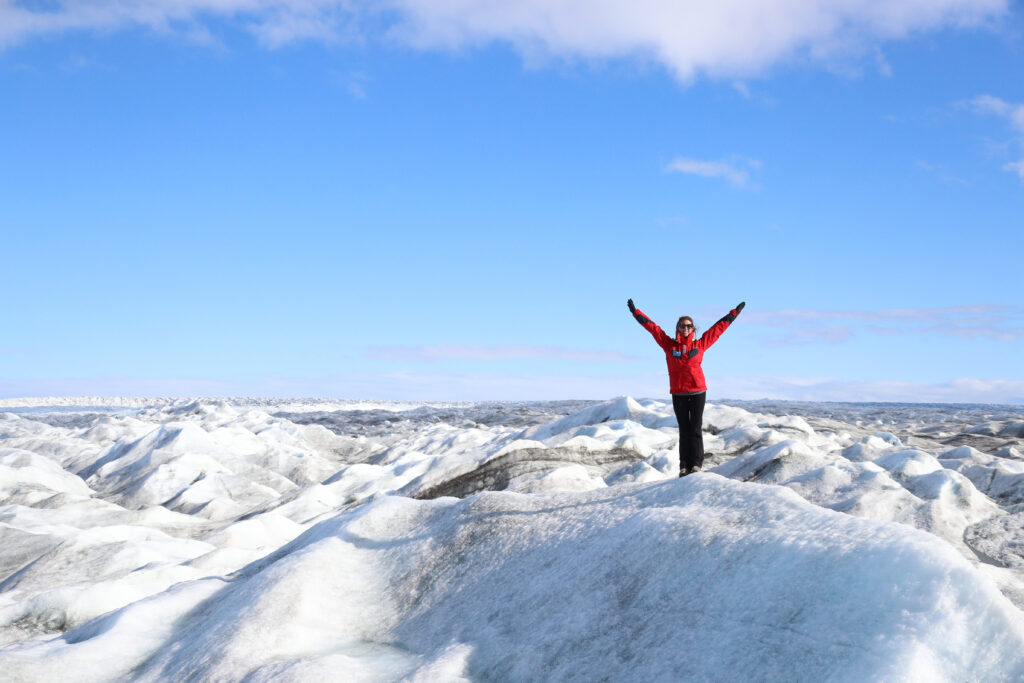
Overall, photography in the Arctic can be an unforgettable experience, but it requires preparation and respect for the environment. With the right equipment, clothing, and mindset, you can capture stunning images of this unique and beautiful part of the world.
A high-quality camera is the most important piece of equipment for capturing stunning images in the Arctic. Look for a camera that is capable of handling cold temperatures and is weather-sealed to protect it from moisture and dust. A mirrorless or DSLR camera with a full-frame sensor is ideal for capturing high-quality images in low light conditions.
You’ll want to bring a variety of lenses to capture different types of shots, including wide-angle lenses for landscape shots and telephoto lenses for wildlife photography. A mid-range zoom lens, such as a 24-70mm or 24-105mm, is versatile and can be used for a wide range of shots.
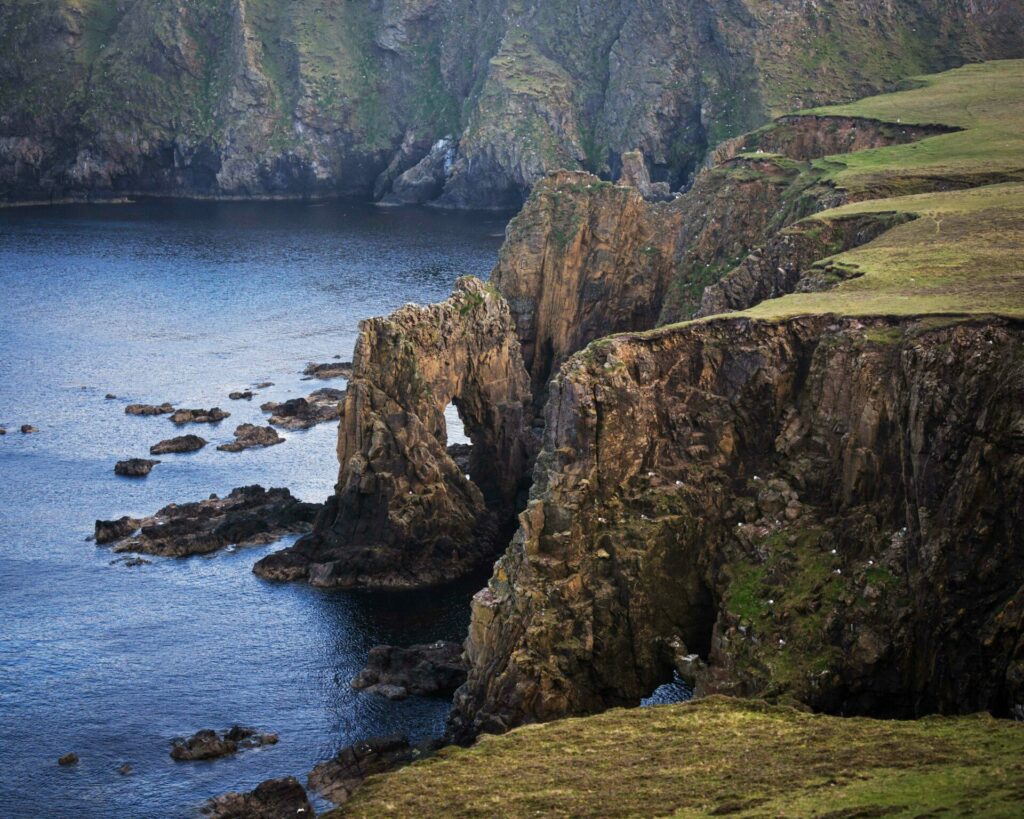
A sturdy tripod is essential for keeping your camera steady and capturing sharp images, in particular if you like to take creative photos. Look for a lightweight, compact tripod that is easy to carry around on your excursions.
A polarizing filter can help reduce glare and increase contrast in your images, which is especially important when photographing in the bright sunlight and reflections off the snow and ice.

In the cold temperatures, batteries drain faster than usual. It’s essential to bring extra batteries and memory cards to ensure you don’t miss any shots.
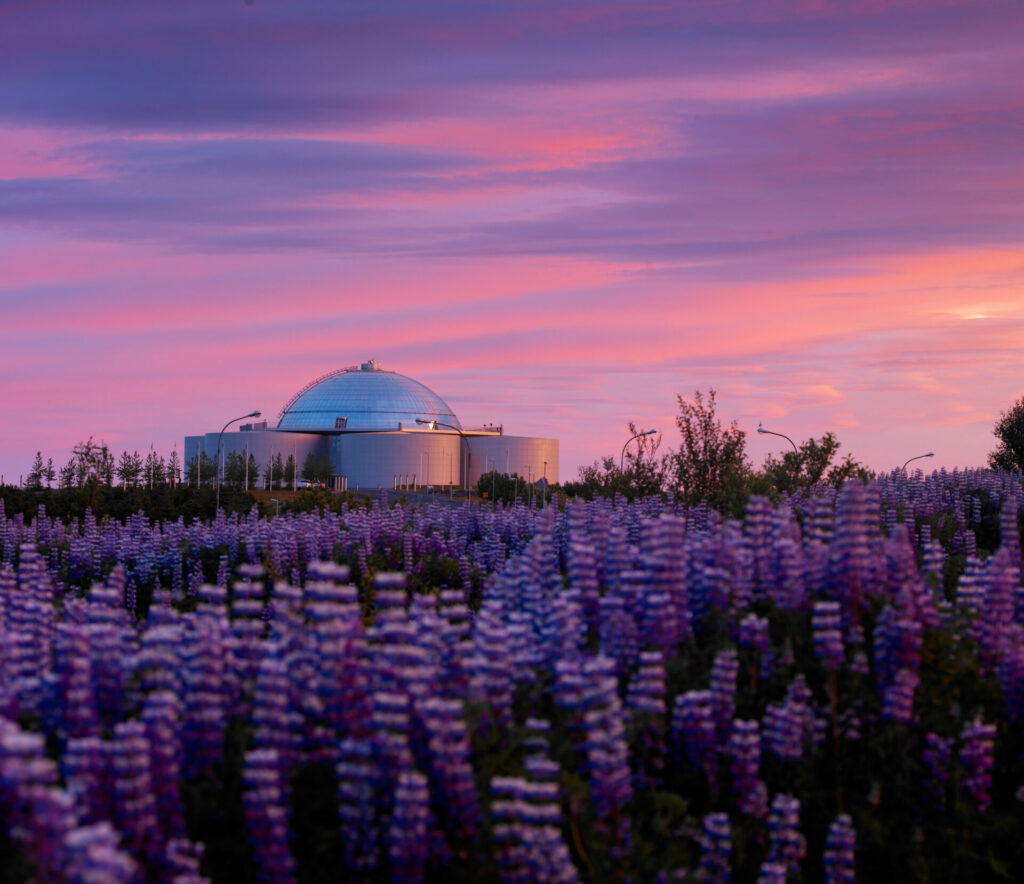
In the cold temperatures, batteries drain faster than usual. It’s essential to bring extra batteries and memory cards to ensure you don’t miss any shots.
You’ll also need to bring appropriate clothing and accessories to keep yourself warm and dry, including waterproof boots, gloves, a hat, and a warm coat.
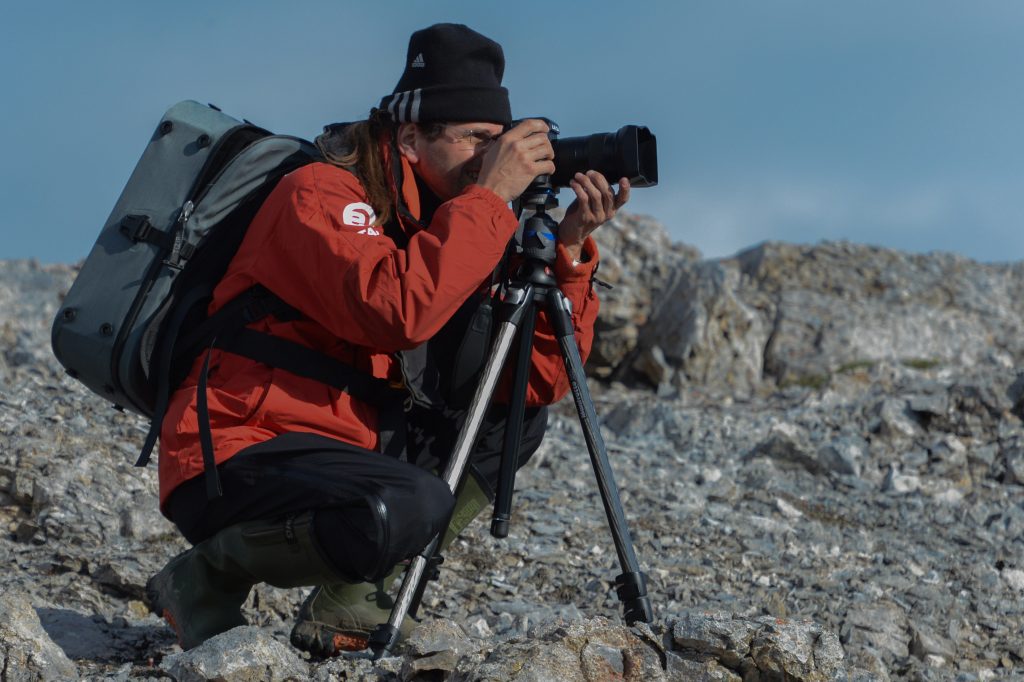
Remember to pack your equipment carefully, and be mindful of weight restrictions on your flight and cruise. With the right equipment and preparation, you’ll be able to capture stunning images of the Arctic landscape and wildlife on your cruise.
Contact Polar Holidays to schedule a free consultation with one of our booking specialists today!